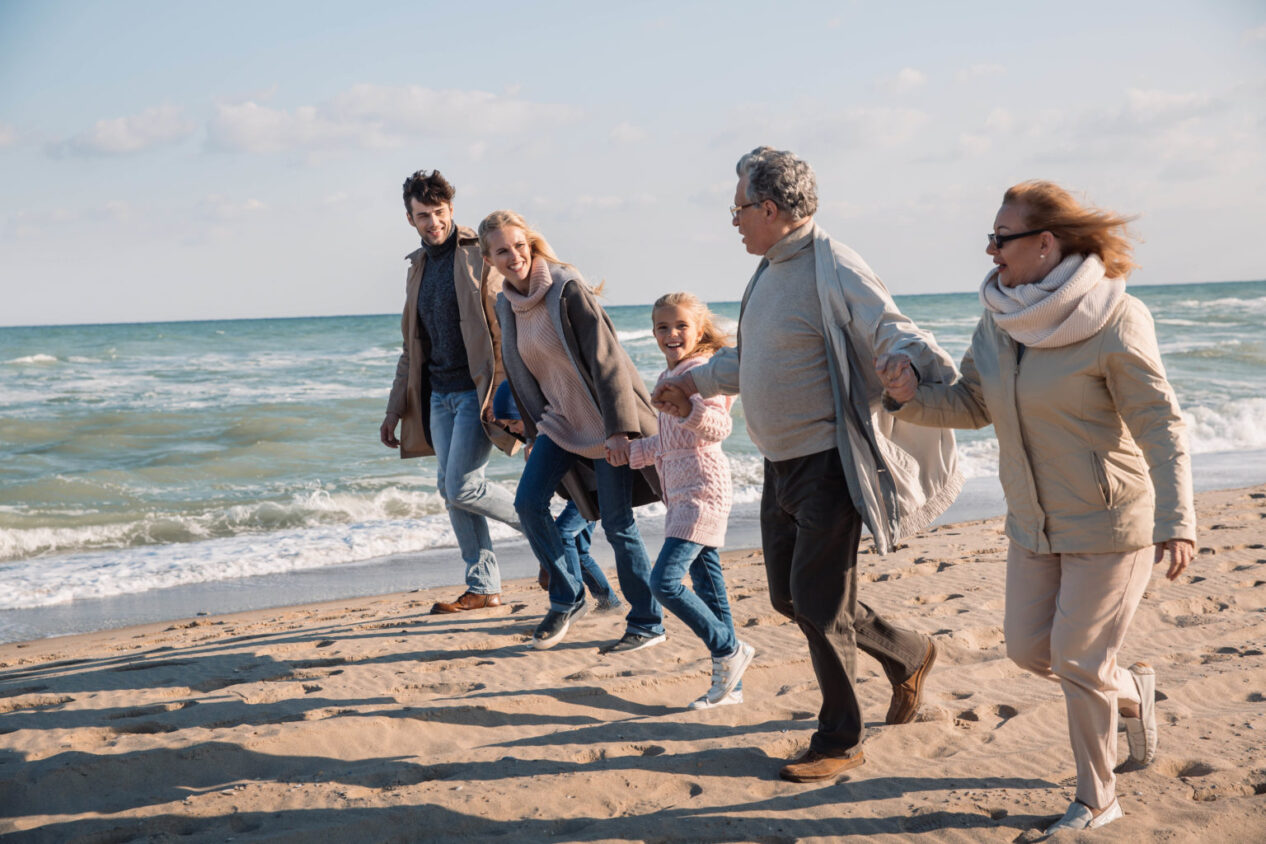These rituals for the mind and body are rewarding enough to repeat throughout the year
USC Leonard Davis School Experts Carin Kreutzer and Leah Buturain Schneider share Thanksgiving tips that benefit both the mind and body.
Mind

Leah Buturain Schneider
Give Thanks
Gratitude is good for you. Research shows it can lower blood pressure, decrease depression and improve quality of life. “Gratitude works,” says Leah Buturain Schneider, gerontologist, theologian and mindful aging expert at the USC Leonard Davis School of Gerontology.
But gratitude is not a feeling; it is a behavior we can practice every day of the year, she says. “You can strengthen an awareness of gratitude by sharing what you are thankful for or letting people know you appreciate them. Expressing this helps build bridges, connect us to the sacrifices of others and allows us to see abundance rather than what we lack.”
Serve up Strong Relationships
Social isolation has recently been cited as possibly being more harmful to health than smoking or obesity. Despite the headaches of travel and stress that family dynamics can bring, Thanksgiving helps build community by encouraging shared experiences with family and friends, or even welcoming strangers.
“Until age 80 most people say they want to be healthy. After 80, people say what matters most is relationships,” Buturain Schneider says. “The Thanksgiving holiday is a powerful reminder of how coming together to share a meal can provide a sense of fellowship and belonging that many people, particularly older adults, are missing in their lives.”
Extend a Helping Hand
Many homeless shelters and retirement communities are inundated with individuals who sign up to serve meals on Thanksgiving. And like gratitude, research shows that helping others can bring health benefits to the giver.
“We feel most alive when using our gifts and helping other people,” Buturain Schneider says. “The challenge is to make time in our lives to do this year-round so the recipients can express their own gratitude and get support on more than just one holiday.”
Body

Cary Kreutzer
Make Lunch your Largest Meal
Increasingly research is showing that it is not just what we eat, but when we eat that matters. Many families eat their Thanksgiving meal in the afternoon, not in the evening, and that is a step in the right direction for all days, says dietitian Cary Kreutzer, director of the Master of Science in Nutrition, Healthspan, and Longevity program at the USC Leonard Davis School of Gerontology.
“Our bodies are more efficient at burning calories during the day when we are active versus storing excess calories as fat at night while we sleep. Front-loading calories gives you time to digest all those calories well before bedtime, which can have benefits for weight-loss and overall health, including controlling weight and managing and preventing diabetes and obesity.”
Move After Meals
From local Turkey trots to family flag football games, Thanksgiving offers annual opportunities to exercise. Along with maintaining a healthy diet, moderate daily activity is a proven intervention that can reduce risk for a variety of diseases including heart disease, cancer, diabetes and Alzheimer’s disease.
“Thanksgiving is the perfect time to begin to incorporate movement into your day,” Kreutzer says. “A daily walk or other form of movement is good for your body and your brain.”
Leave some Leftovers
Some people actually prefer Friday’s turkey sandwich to Thursday’s main meal. Whatever your taste, it is important to spread the bounty. Practicing portion control at every meal helps ensure we don’t eat too much in one sitting.
“When it comes to protein, three to four ounces is enough for most people,” Kreutzer says. “Saving food for the next few days allows you to enjoy the meal multiple times and spares you from taking in too many calories at once.”





